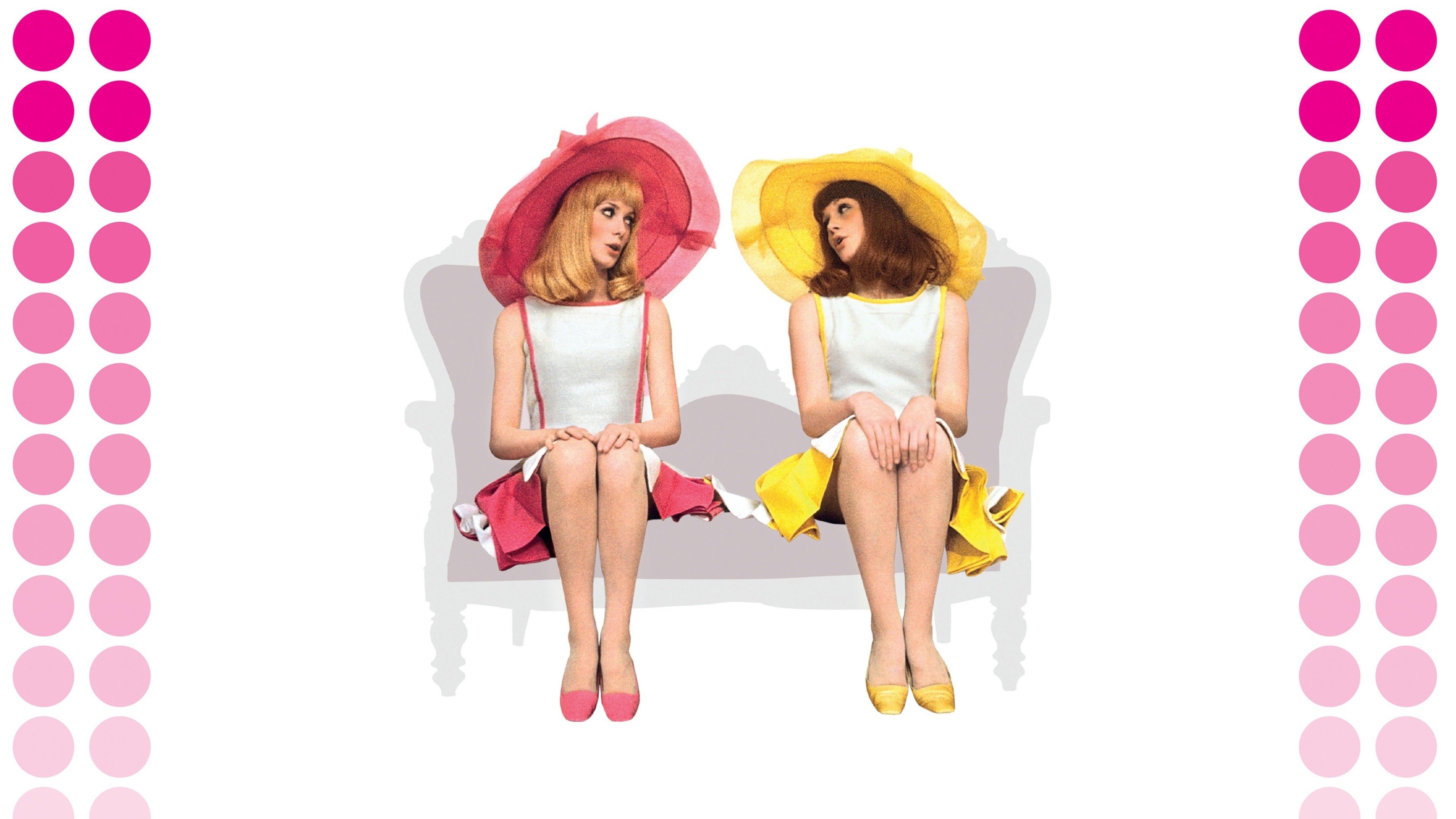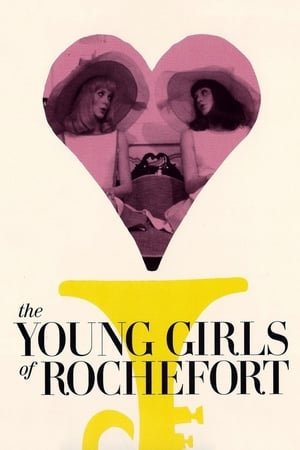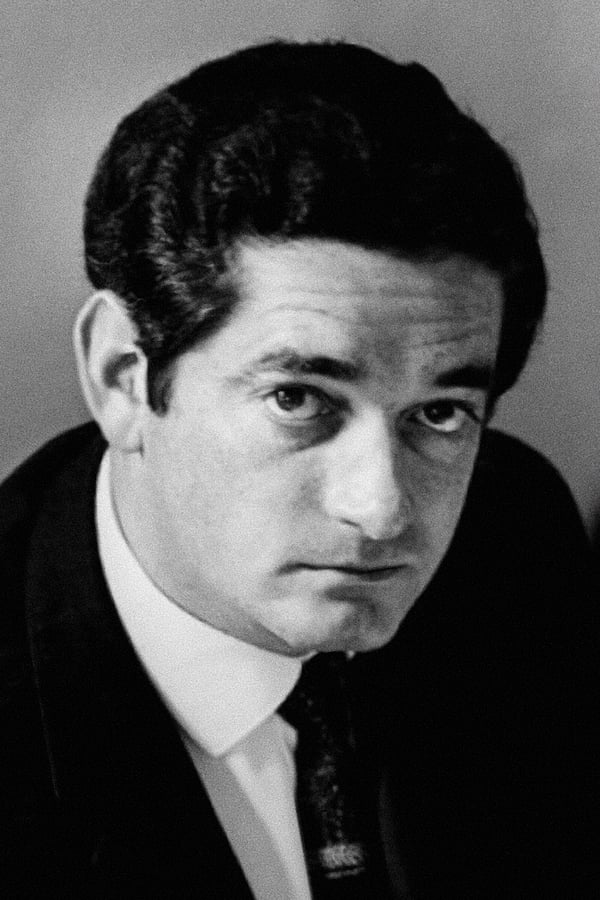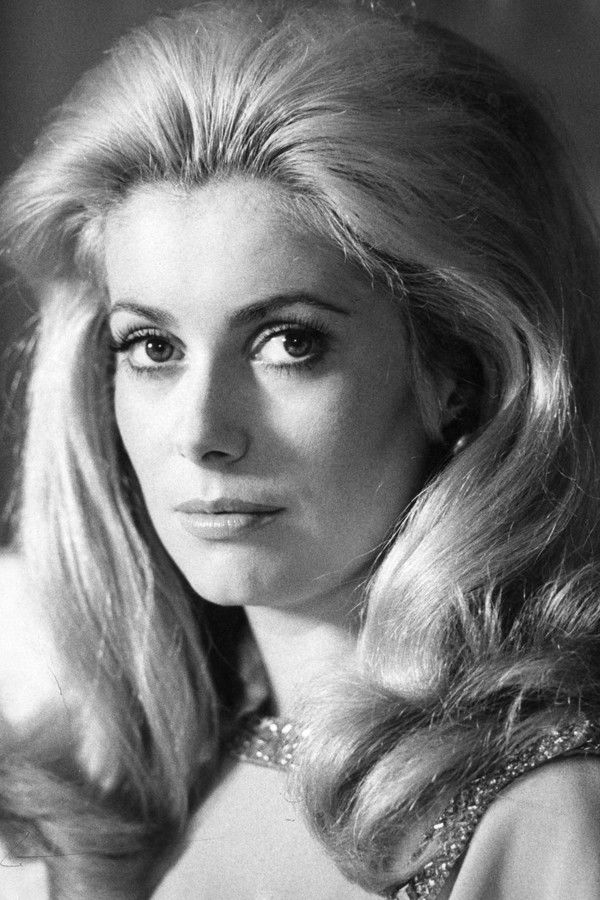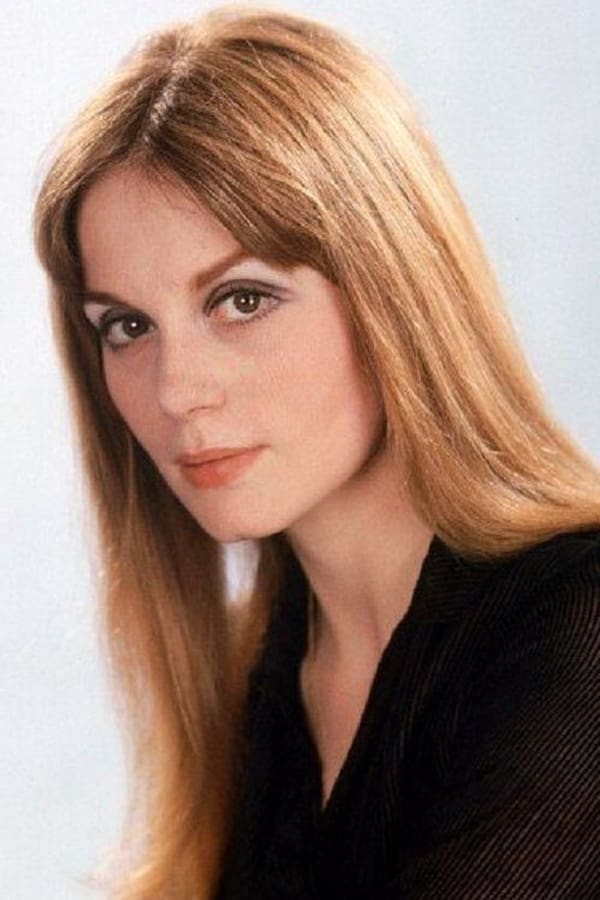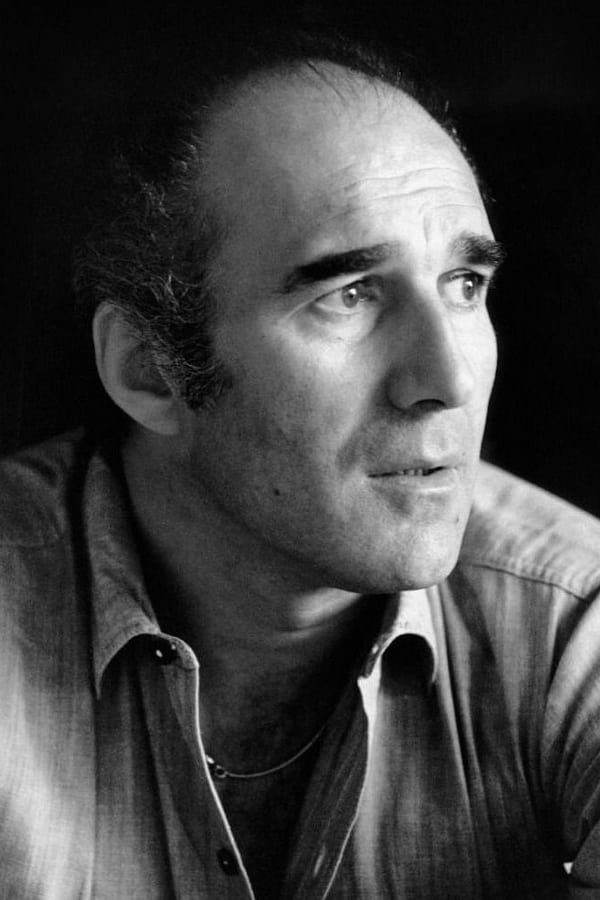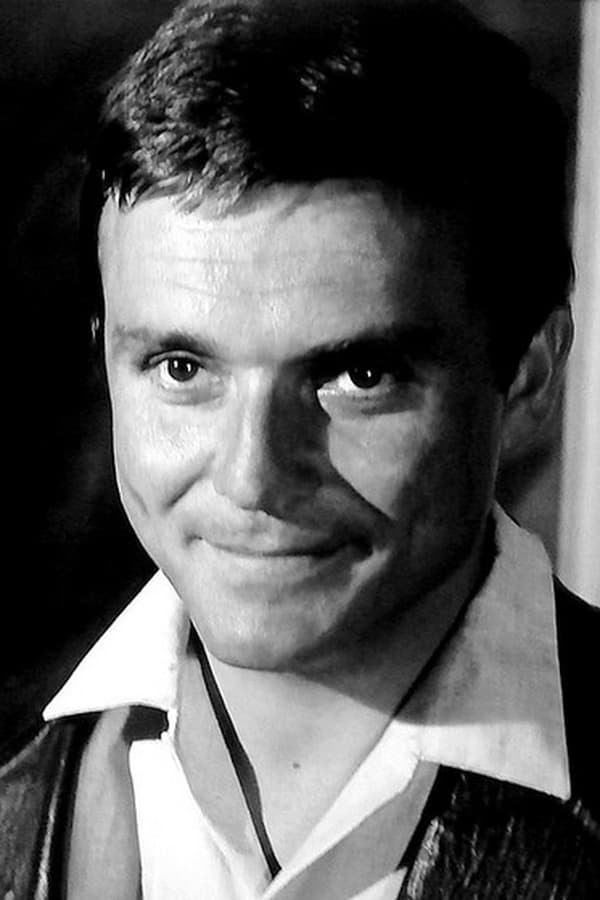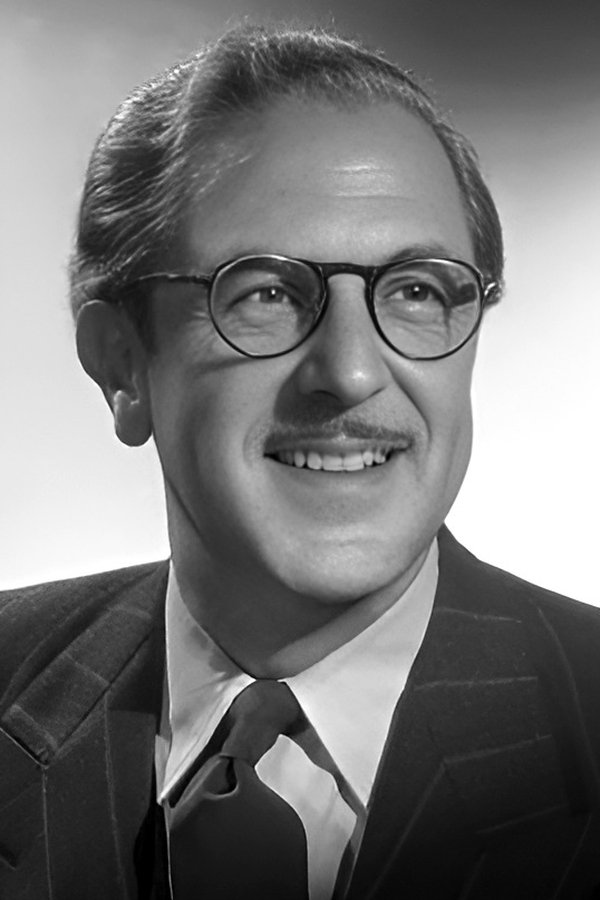With quick back-and-forth comedy, clever writing, and a talented cast, Brooklyn Nine-Nine has earned its spot as one of the most side-splitting half-hour comedy TV shows of the last ten years. But most people don’t think of it when they picture a good reference for diversity in network sitcoms. After all, it’s a workplace comedy about goofy cops where Andy Samberg plays the lead. But Brooklyn Nine-Nine is one of the rare, high-profile comedy shows that demonstrate how diversity makes for better TV and storytelling.
So, how does Brooklyn Nine-Nine do diversity right?
Each member of the squad has their own individuality. Through characterization and avoiding stereotypes, we start to see them as three-dimensional people. While their race, gender, and sexuality are not ignored, their identity isn’t the extent of their character. For example, Rosa Diaz and Amy Santiago are both Latina police officers. In the show, they don’t constantly mention their ethnicity but instead casually refer to it, like a person would in real life. The other members of the precinct relate to them more through the fabric of character and the comedy comes from that. Amy is a Type-A who gets off on organization and Rosa is a rebel who never talks about her emotions.
Another part of the squad is Captain Holt, a gay, Black police captain. He has a husband and likes classical music, but at work, he’s mostly known for his robot-like love of order and precision. The jokes directed at these characters’ expense are not based on things they cannot change (like their race/ethnicity or sexuality) but on the personality traits they exhibit through their aforementioned quirks. A TV show that wanted to forcefully shoehorn diversity without having real, relatable characters like these would have had the Captain’s sexuality and race (or Amy and Rosa’s ethnicity) as the punchline for their jokes, playing the unchangeable essence of their characters for laughs. In Brooklyn Nine-Nine, their race and sexuality are just one of the facets that make up their character. The comedy comes mostly through the characters’ distinctive mannerisms.
